LIDOCAINE - TOPICAL
PHONETIC PRONUNCIATION: (LYE-doe-kane)
COMMON BRAND NAME(S): Lidamantle, Xylocaine
GENERIC NAME(S): lidocaine
Uses
USES: This medication is used on the skin to stop itching and pain from certain skin conditions (e.g., scrapes, minor burns, eczema, insect bites) and to treat minor discomfort and itching caused by hemorrhoids and certain other problems of the genital/anal area (e.g., anal fissures, itching around the vagina/rectum). Some forms of this medication are also used to decrease discomfort or pain during certain medical procedures/exams (e.g., sigmoidoscopy, cystoscopy). Lidocaine is a local anesthetic that works by causing temporary numbness/loss of feeling in the skin and mucous membranes.
How to use LIDOCAINE - TOPICAL
HOW TO USE: Before use on the skin, clean and dry the affected area as directed. Apply a thin layer of medication to the affected area of skin, usually 2 to 3 times a day or as directed. If you are using the spray, shake the canister well before using. While holding the canister 3-5 inches (8-13 centimeters) from the affected area, spray until wet. If the affected area is on the face, spray the medication onto your hand and apply to the face. Do not spray near your eyes, nose, or mouth. If you are using the foam, shake the canister well before using. Spray the foam onto your hand and apply to the affected area. Do not use on large areas of the body, cover the area with waterproof bandages or plastic, or apply heat unless directed to do so by your doctor. These may increase the risk of serious side effects. Wash hands immediately after use unless you are treating an area on the hands. Avoid getting the product in eyes, nose, or ears. If the medication gets in these areas, rinse the area immediately with clean water. Dosage is based on your medical condition and response to therapy. Do not use more of this product, use it more often, or keep using it longer than prescribed by your doctor. If you are using a nonprescription product, follow all the directions on the product package, or use as directed by your doctor. If there is an infection or sore in the area to be treated, do not use this medication without consulting your doctor first. Inform your doctor if your condition does not improve or worsens.
Side Effects
Precautions
Interactions
Overdose
Images
Reviews
Faq for LIDOCAINE - TOPICAL
Lidocaine topical is used to relieve pain, itching, and discomfort caused by skin conditions such as sunburn, insect bites, and minor cuts or burns.
Lidocaine topical works by numbing the skin or mucous membranes, temporarily reducing the sensations of pain and itching.
Yes, certain strengths of lidocaine topical are available over the counter. However, some higher strengths may require a prescription.
Apply a thin layer of lidocaine topical to the affected area and gently rub it in until it is completely absorbed. Be careful not to apply it to broken or irritated skin.
Lidocaine topical usually starts working within a few minutes after application. The duration of pain relief may vary depending on the strength of the product used.
Lidocaine topical is generally safe for use in children under the guidance and supervision of a healthcare professional. However, it is important to follow the recommended dosage and guidelines for pediatric use.
Some possible side effects of lidocaine topical include skin irritation, redness, or rash at the application site. Serious side effects are rare but can include allergic reactions. It is important to read the product label and consult a healthcare professional if any adverse effects occur.
Pregnant or breastfeeding individuals should consult with their healthcare provider before using lidocaine topical. It is important to evaluate the potential risks and benefits before using any medication during this time.
Lidocaine topical can interact with certain medications, so it is important to inform your healthcare provider about all the medications you are taking, including over-the-counter products and supplements.
Disclaimer
IMPORTANT: HOW TO USE THIS INFORMATION: This is a summary and does NOT have all possible information about this product. This information does not assure that this product is safe, effective, or appropriate for you. This information is not individual medical advice and does not substitute for the advice of your health care professional. Always ask your health care professional for complete information about this product and your specific health needs.
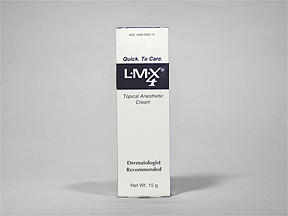
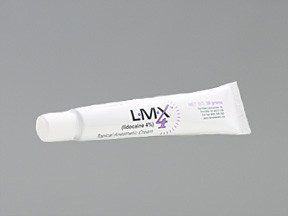
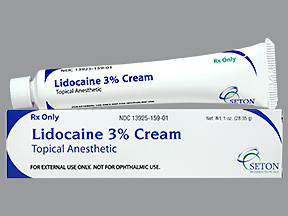
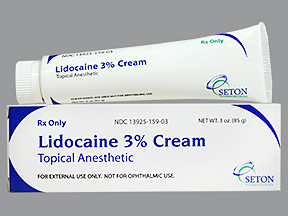
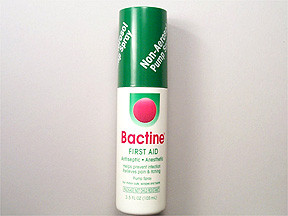
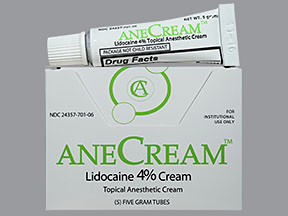
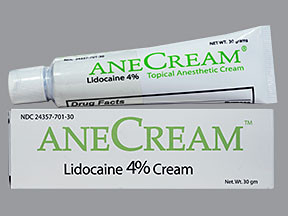

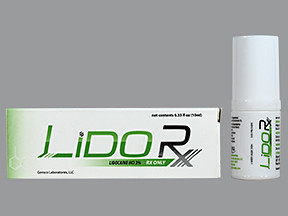
No Reviews Yet